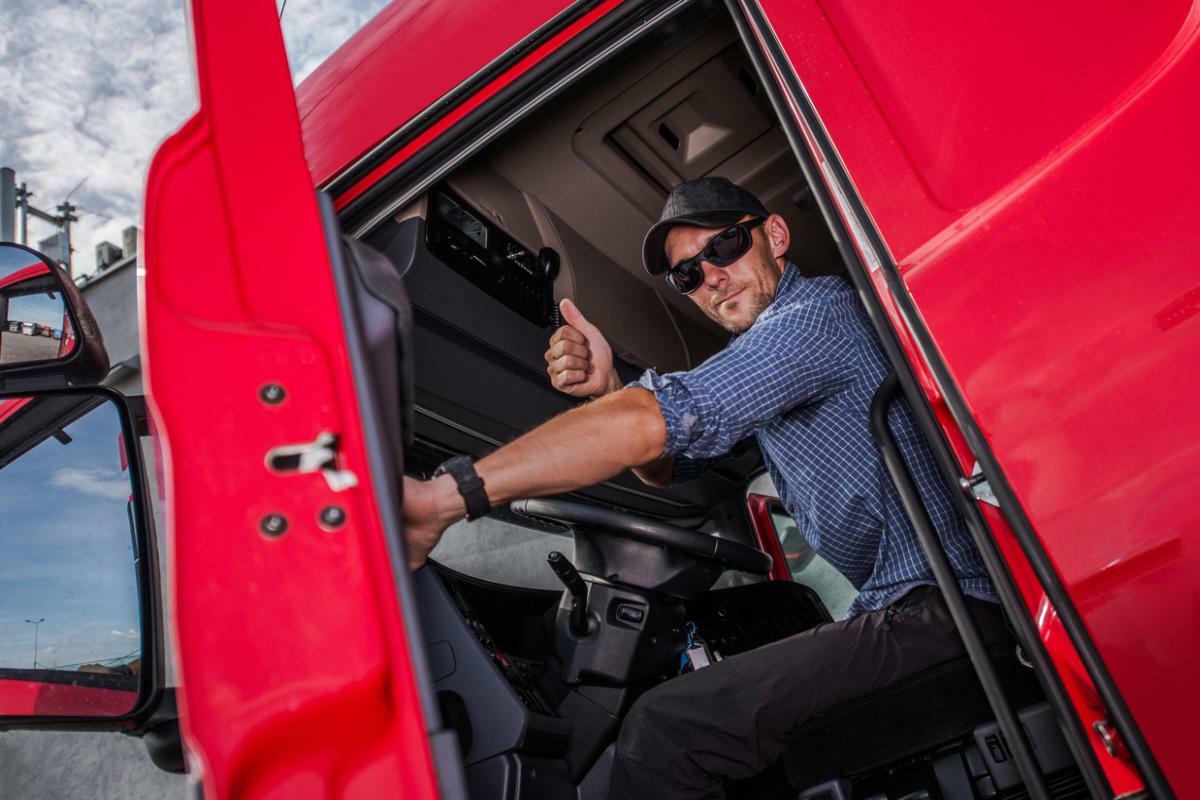 Many noncommercial drivers believe it is easy and profitable to be a commercial driver. Profitable, maybe, especially with a clean driving record and Pre-employment Screening Program (PSP) record, but easy—not so fast.
Many noncommercial drivers believe it is easy and profitable to be a commercial driver. Profitable, maybe, especially with a clean driving record and Pre-employment Screening Program (PSP) record, but easy—not so fast.
There’s much to do to get legal and stay ahead of the DOT FMCSA Regulations.
Daily Drivers Vehicle Inspection Report (DVIR)
First, every commercial driver must perform a DVIR before they roll out the gates or continue a trip. Do you know how many things a driver must check on their commercial motor vehicle (CMV)?
There are literally hundreds of items to check, any of which, if missed, could cause an accident or a roadside inspection violation.
You would think they would have a say in whether something gets fixed right away or postponed, but that’s only true for independent operators. Fleet drivers must submit the report to the fleet mechanic, who can mark it as safe for travel.
However, the mechanic will not be there when the driver is pulled into a roadside inspection. They can show that the mechanic signed off on it. That and $5.00 will get the driver a cup of coffee, but it likely won’t negate a citation by CHP or the Commercial Vehicle Safety Alliance(CVSA) inspector.
The fine for many safety-related vehicle maintenance faults is $500 or more, and depending on the severity could incur an Out of Service (OOS) Order that could delay your trip until the defect is fixed.
Logbooks & Shipping Documents
All commercial drivers must maintain 7 days’ worth of logs. Whereas it’s true most of the updates are automatic with an Electronic Logging Device (ELD), there are numerous entries that are not updated.
The driver must check the cargo and make sure it does not shift during transit and keep a copy of the shipping papers in the logbook. Likewise, the driver or fleet management must make sure they obtain a permit for all oversized loads, depending on the laws of the state they will travel through.
If driving through CA, you must obtain the permits before you enter the state or risk massive fines and penalties.
Hours of Service (HOS) Rules
Commercial drivers must adhere to the DOT FMCSA Hours of Service (HOS) rules. That means they cannot drive even five minutes after they’ve reached their maximum for the day. They must take a 30-minute break within the first eight hours of driving and can only work a set number of hours daily.
That means if they sit too long waiting for a load, they might be limited in the hours they can drive. Typically, they can only drive eleven hours per day, and then they must rest for eight or ten hours before they can drive again.
They can use their CMV for personal driving, but there are limitations, and they must remember to change their record of duty status (RODS) to personal conveyance.
“Every driver needs to prepare a record of duty status for each 24-hour period. Failure to record, complete, or retain the log, or knowingly falsifying logs or other reports, makes the driver and/or carrier liable to prosecution.”—The DOT FMCSA.
If the driver forgets to switch their RODS to personal conveyance and that takes them over the maximum number of hours, they could be cited for an HOS rules violation.
Commercial Driver License (CDL) & Physical
A driver must have their CDL or commercial learner’s permit (CLP) in their possession whenever they are driving. It is a “serious offense” at the DOT FMCSA not to have it.
Several items are considered serious offenses by the FMCSA, such as an unsafe lane change, following too close, no CDL or CPL in possession, illegal cell phone use, reckless driving, and others. A second conviction within three years of the first will result in a 60-day driver disqualification and a third, 120 days.
The driver must get a physical every two years, random drug tests, and more. Plus, the FMCSA mandates where and when they must get these checks.
Designated Lanes for Commercial Vehicles
In CA, as in many states, commercial vehicles with three or more axles are restricted to the first lane and can only use the second lane to pass. Lane violations are common for commercial vehicles.
These are just a few of the significant items commercial drivers must do. Since most CMVs are the largest vehicles on the road, it is easy for law enforcement to target them for violations. When you are cited with a traffic violation, consult a CA traffic attorney before paying the fine.
In most cases, a CDL holder cannot afford just to pay the fine!
Consult Bigger & Harman When You Have a Citation to Resolve in Roseville Courthouse
When a CDL holder has a traffic ticket, most know to consult a CA traffic ticket rather than pay the fine. Contact Bigger & Harman at (661) 349-9300 or email attorney@biggerharmanlaw.com for a free initial consultation.
Alternatively, you can use the convenient online contact form.
Download our e-book, Protecting Your Commercial Driver License.
Se habla Español (661) 349-9755.
References:
49 CFR 395.8, Paragraph 6.4.4, Driver’s Record of Duty Status (RODS).
The DMV Portal CA Commercial Driver Handbook.